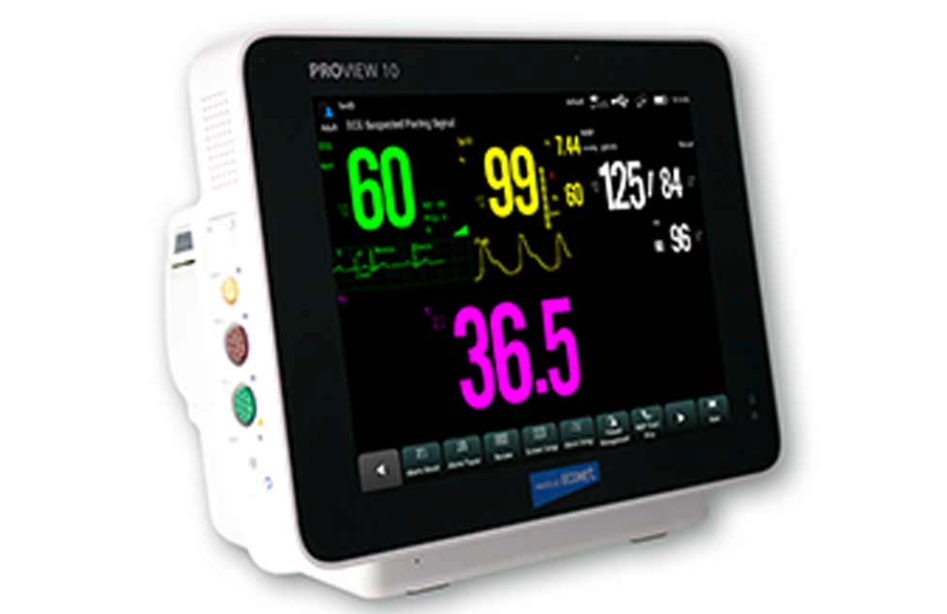0 von 5 Produkten
FilterKeine Produkte gefunden
Verwenden Sie weniger Filter oder löschen Sie alle
EKG-Messung
Einsatzbereiche und Anwendungssituationen
Die Kategorie EKG-Messung umfasst Produkte für Ruhe- und Belastungs-EKG, Monitoring sowie die Vorbereitung und Dokumentation von Elektrokardiogrammen. Typische Einsatzsituationen sind diagnostische Untersuchungen, Verlaufsdokumentation, funktionelle Belastungstests und perioperative Überwachung. Produkte unterstützen hygienisch sichere Abläufe, schnelle Montage von Ableitungen und zuverlässige Signalqualität für die Weiterverarbeitung.
Produkttypen und Lösungen
Im Sortiment finden sich elektrophysiologische Verbrauchsmaterialien und Gerätezubehör, darunter Einweg- und wiederverwendbare EKG-Elektroden, Ableitkabel und Adapter, Klebeelektroden für Langzeitaufzeichnung, Brust- und Reibelektroden sowie Ersatzteile für EKG‑Geräte. Ergänzt werden diese durch mobile und stationäre Messlösungen, Batterie‑ und Netzgeräte sowie Messkabel mit verschiedener Anschlusskonfiguration.
- Einweg‑EKG‑Elektroden (verschiedene Gele/Haftmittel)
- Ableitkabel und Mehrfachanschlusskabel
- Langzeit‑Holter‑Zubehör und Klebeelektroden
- Adapter, Batterie und Netzteile für Messgeräte
- Reinigungs- und Desinfektionszubehör für Elektrodenhalter
Qualitätsmerkmale und Nutzen im Praxisalltag
Wichtige Eigenschaften sind eine stabile Haftung, geringe Artefaktanfälligkeit, hautverträgliche Materialien und standardisierte Anschlusssysteme für schnelle Handhabung. Produkte zur EKG‑Messung sind so ausgelegt, dass sie effiziente Untersuchungsabläufe ermöglichen, die Probenvorbereitung reduzieren und hygienische Arbeitsprozesse unterstützen.
Kompatibilität und bekannte Hersteller
Komponenten zur EKG‑Messung sollten kompatibel zu gängigen Geräten und Anschlusssystemen sein. Lösungen von Herstellern wie Schiller, BTL und 3M decken unterschiedliche Anforderungen ab und bieten Varianten für Ruhe‑EKG, Belastungs‑EKG und Langzeitmonitoring.
Tipps zur Auswahl
Bei der Auswahl auf Anschlusskompatibilität, Elektrodenform und Haftdauer achten sowie auf Angaben zur Hautverträglichkeit und zur Signalqualität. Für wiederholte Untersuchungen sind wiederverwendbare Kabel und erschwingliche Verbrauchsmaterialien vorteilhaft; für kurzfristige oder ambulante Messungen bieten Einweg‑Elektroden hygienische Vorteile.

